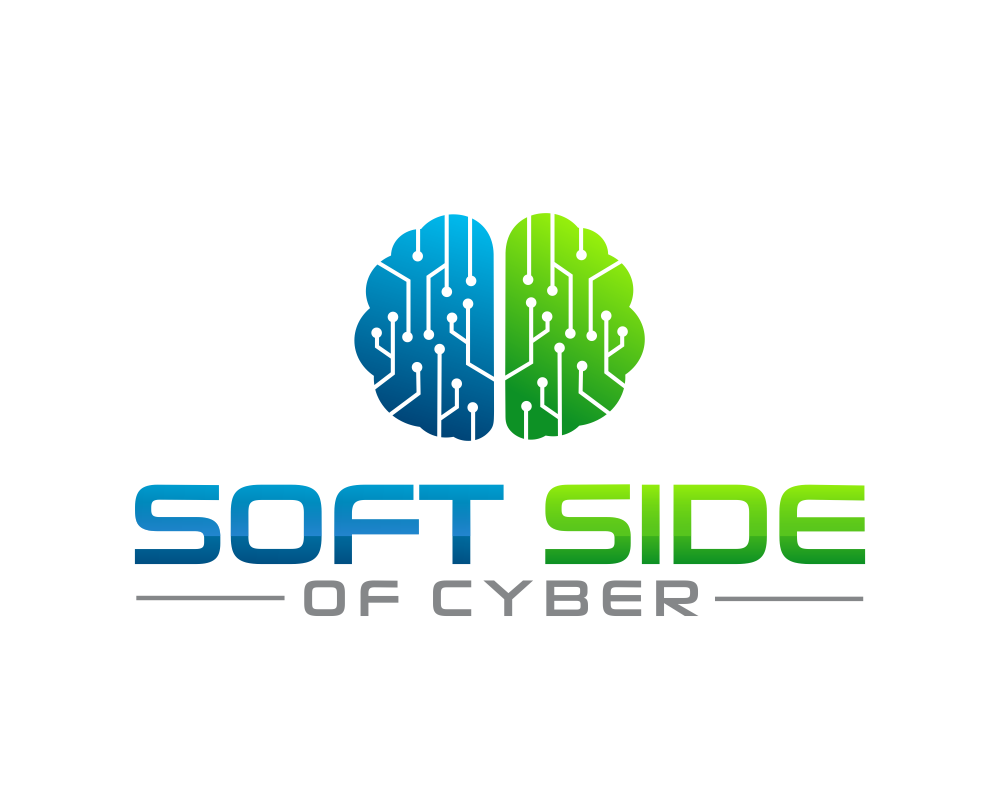
Bridging the Gap: Making Cybersecurity Accessible to Non-Technical Colleagues
Learn how to simplify complex cybersecurity concepts for non-IT professionals. Bridge the gap, foster collaboration, and empower colleagues to actively participate in cybersecurity discussions. Enhance your organization's security posture with shared understanding.
Cybersecurity is a major issue for businesses of all sizes and in all sectors in today's linked world. However, many people who aren't experts in IT find cybersecurity terms and concepts difficult to grasp. As cybersecurity experts, we have to level the playing field by providing our non-IT colleagues with the information they need to take an active role in cybersecurity debates. So, we polled ChatGPT to find out what the top 5 most difficult ideas are in cybersecurity, and in this article, we'll show you how to simplify them.
Translating Technical Jargon:
Cybersecurity experts frequently employ acronyms and jargon that laypeople unfamiliar with the field may need help following. As you'll see in the following sections, the significant use of technical jargon can create a barrier, making it difficult for individuals to understand the underlying principles and actively participate in cybersecurity discussions. It's hard to have productive conversations and make educated judgments on cybersecurity when people don't share a common language.
When discussing cybersecurity, be mindful of the technical terms and acronyms used. Take the time to explain these terms in simple, non-technical language that non-IT professionals can easily understand. Provide clear definitions and offer analogies to help them grasp complex concepts. Use visuals and infographics to present information in a visually appealing and easily digestible format.
Simplifying the Threat Landscape:
The notion of the threat landscape can be difficult for non-IT professionals to grasp due to the sheer number of possible dangers that exist in the world today. Cybersecurity trends, attack vectors, and the ever-changing nature of cyber threats must be understood in order to appreciate their severity and possible impact. For those without experience in cybersecurity, this may seem impossible.
If you want to make the threat landscape understandable by those who aren't IT experts, as we said at the top, don't drown them with technical language. Instead, it would help if you used analogies and examples that people can relate to when explaining phishing emails, malware, and data breaches. Discuss the financial, reputational, and operational effects of some real-world instances of how these threats could affect your organization.
Practical Risk Assessment and Management:
The complexities of risk assessment and management arise from the need to evaluate and prioritize risks based on multiple factors such as potential impact, likelihood, and existing control measures. Non-IT professionals may struggle with these concepts due to a lack of familiarity with risk assessment methodologies and the challenges of translating technical risks into tangible business impacts. Understanding how to effectively identify, assess, and mitigate risks requires knowledge and experience in cybersecurity.
When discussing risk, focus on tangible examples that non-IT professionals can relate to. Explain the process of identifying and evaluating risks in the context of their specific roles and departments. Use real-life scenarios to demonstrate how risk mitigation strategies align with their day-to-day responsibilities and the organization's overall goals.
Demystifying Compliance and Regulatory Requirements:
Compliance and regulatory requirements are often couched in legal terminology and intricate frameworks that can be difficult for non-IT professionals to interpret. Understanding the obligations, implications, and potential consequences of non-compliance requires an understanding of complex regulations and their applicability to specific business operations. Navigating compliance requirements and ensuring adherence can be daunting without proper guidance and explanation.
We need to explain compliance and regulatory needs by simplifying any complicated regulations. Specify the organization's responsibilities and their potential effects in detail. Highlight the significance of compliance in retaining loyal customers, avoiding fines, and protecting private information. Help non-IT professionals do their part in compliance by providing them with actionable advice they can use in their daily work.
Relating Security Architecture and Technologies:
Security architecture and technologies encompass a wide range of complex concepts, including network security, encryption, access controls, and secure coding practices. Due to the technical nature of the subject matter and the requirement to understand how several technologies work together to produce a comprehensive security framework, non-IT professionals may find it challenging to grasp these concepts. We must explain the benefits and results of security technology to non-IT professionals without going into complex technical specifics in order for them to understand their relevance and usefulness.
When explaining security architecture and technologies, focus on the benefits and outcomes they provide. Instead of delving into technical details, highlight how these measures protect the organization, its data, and its reputation. Use real-world examples to illustrate the impact of secure technologies on daily operations, customer trust, and competitive advantage.
Final Thoughts:
By making cybersecurity concepts more accessible to non-IT professionals, we can foster a culture of collaboration and shared responsibility within organizations. As cybersecurity professionals, we have a vital role to play in bridging the gap between technical complexity and business understanding. By simplifying language, using relatable examples, and highlighting the relevance and impact of cybersecurity, we can empower non-IT professionals to actively participate in cybersecurity discussions, make informed decisions, and contribute to the organization's overall security posture. We can create a safer and more robust business community if we work together.


